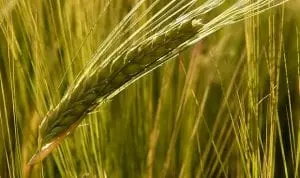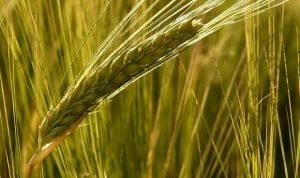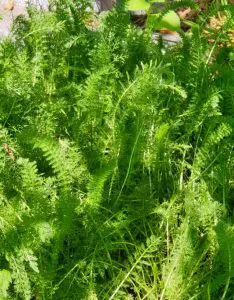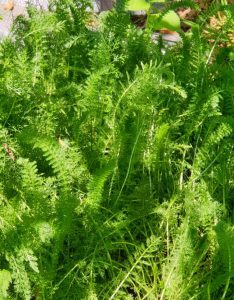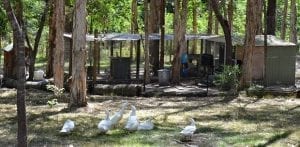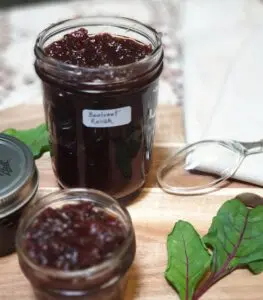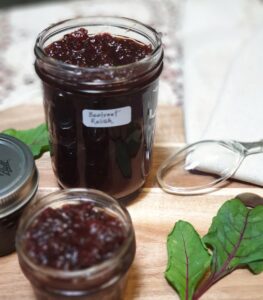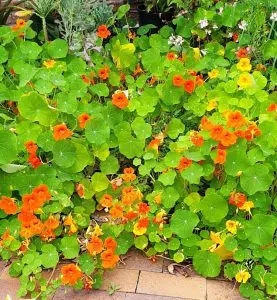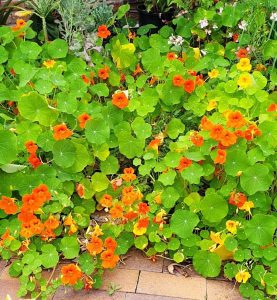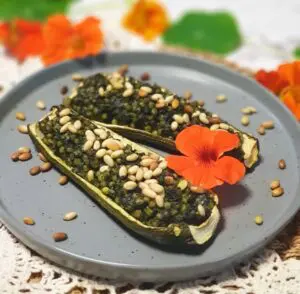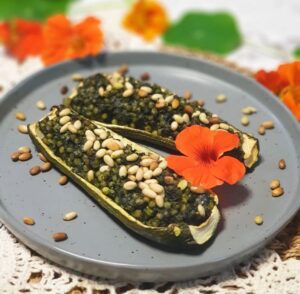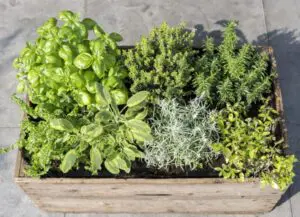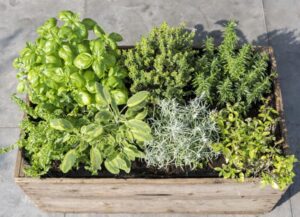Well, here we are at the beginning of a brave new world having been dragged kicking and screaming into this new reality where we must learn to be more self-reliant and more communally and locally co-operative.
It’s going to get tough but you know the saying “When the going gets tough, the tough get going!”
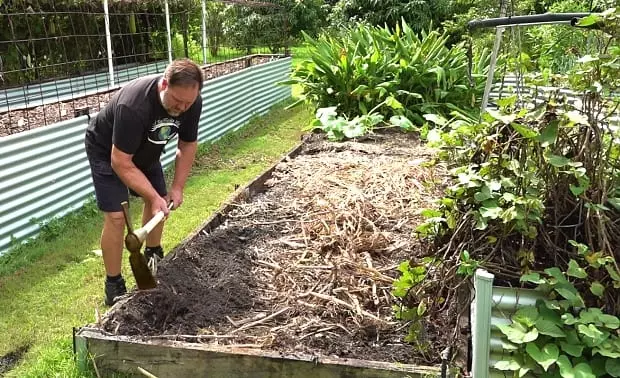
We here in Australia are an inventive bunch with many of us being descendants of convict stock. Now’s the time to get out there and be creative. However, for us here at SSM, as well as being a healthy lot, we’ve been practising for these types of events for as long as we’ve been growing vegetables and fruit and reading or participating in this website and forum.
What we need to work out immediately this year, is what we can grow right now to help with our fresh food requirements in several weeks, just in case there’s nothing in the shops. For those in the northern hemisphere, you are just coming out of deep winter, so as yet it may be too early to plant outside. Now is the time to think about a hothouse, even if it’s small like a British cloche made from old casements or aluminium-framed sliding windows and using the sun and composted
hay for heat.
The best you can do right now is get seedlings set under a grow light in your house or by a window that gets sunlight. For those of us in the southern hemisphere, we have the luxury of planting pretty much whatever we like even at this stage of the season.
There is still plenty of heat in the soil and rain coming from above. Get in right now and buy or order seeds. Buy seedlings and get them planted asap for your first rotation! There will be a variety of almost every veg and many quick bearing fruits that can be planted in Autumn.

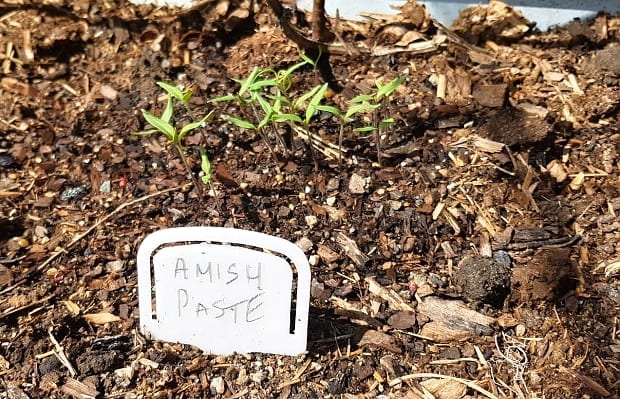
Most of our staple F&V are winter grown in Australia anyway. Right now is the time! Remember that as it has been with grocery item shortages in supermarkets, the same may occur with seedlings and even fertilizer in the plant nurseries.
If this will be your first garden attempt, jump in at the deep end and go for it! We are here to help you through this time. Buy fertilizer and seedlings for the first 2 crops and seeds to set for succession and subsequent crops. If you don’t have enough compost don’t fret over it, buy some to start with or just potting mix, then start making more.
But get that first crop into the ground or containers, asap. Go for quick-growing vegetables like salad types: picking lettuce, rocket, cucumbers, cherry tomatoes, shallots, radish, fleshy herbs, beans. While at the same time planting slower producing plants like potatoes, beetroot, onions, brassicas, pumpkin and squash, carrots, capsicum, larger tomatoes, runner beans, peas, zucchini, okra, eggplant, pulses. You get the idea.
Fruit is a different kettle of fish unfortunately and we all may have to get used to less of it since most fruit grows on trees. While there certainly are many types of quick growing fruits, they will be very seasonal, may not be our favourites or
may not keep well. Rockmelons and watermelons are almost finished but can be planted again in spring.

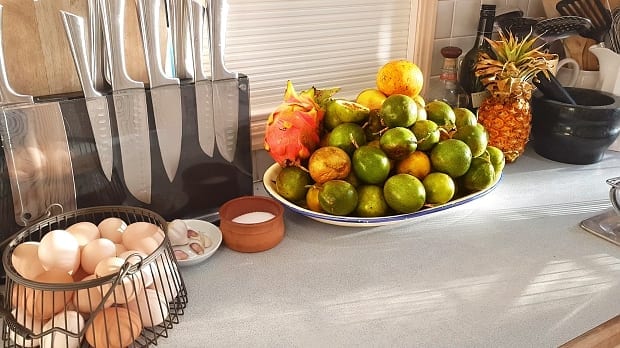
Strawberries should still be ok although varieties are very seasonal. Corn is one you need to be very careful about. Have the correct variety for winter growth or it will fail. It takes up a lot of garden space for the weight of product so always be mindful of the variety.
Many vegetables will grow continuously from remnant off-cuts of items purchased at the market. Members have written about various plants that grow this way. I wrote about shallots recently. This is often the quickest way to get some produce growing. Also, don’t forget about growing sprouts in the kitchen. So many yummy types in that category.
This planting season particularly, I wouldn’t get too fussy about companion planting or only having heritage versions etc, because this is a time for speed not fluffing around. Your succession and subsequent crops can be more in keeping with your preferred method of growing a garden. If you worry too much for this first crop, you will miss the window of opportunity that is wide open right now.
With regards to planting times, get those quick-growing salad types in right now as the moon wanes. Then plan for successive crops in two weekly increments. Your first successive crop will need to be purchased seedlings as it takes 3-4wks to get seedlings to the right size for planting out.

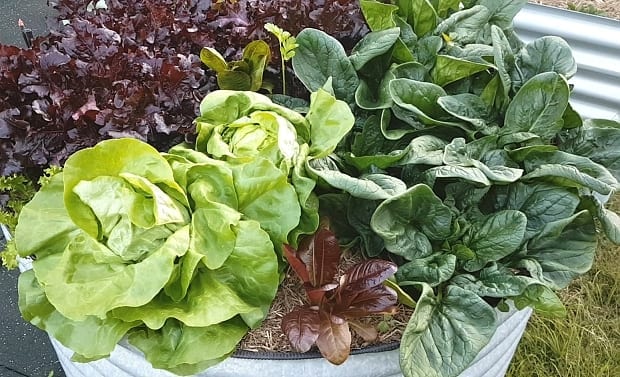
Lastly, for subsequent crops, be mindful of the varieties you’ll need as the seasons change. What seed you set for your succession winter crops may not be right for those subsequent crops that will grow into the coming spring and summer. I have two sets of seed, those for Autumn/winter and those for spring/summer.
Some vegetables only need one variety year-round in Australia. The same will apply to the northern hemisphere but most will require a different variety for a new season. Remember that as the season progresses, people will begin to have
surpluses, thereby enabling grower exchange meets. Make use of them to procure vegetables that you may not be able to grow yourself or don’t have time or space for.
Do a heap of networking. Perhaps you can do manual work in their garden in exchange for eggs or fruit (that’s how you might get your fruit).
For those of us with a mortgage or who have been running a small business, I wish you well. If you haven’t already done so, join your local community garden or Permaculture group. Most groups are trying very hard to quickly develop an online presence. It all helps to keep the networks alive, co-operative and local.
Let’s hope the resulting outcome is a better, more productive and healthier population in a more co-operative and peaceful world.

